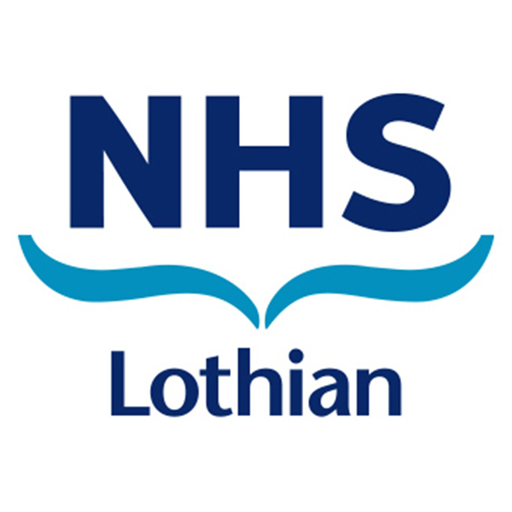Investigation |
Specimen Tube |
Comments |
Results |
|
Haematology |
||||
|
FBC & reticulocyte count |
EDTA |
|
|
|
|
Coagulation |
Sodium citrate |
If PT/INR prolonged give 300mg/kg of IV vitamin K and repeat 12 hours later. If still prolonged contact a liver unit. |
|
|
|
Group and Coombs |
EDTA |
|
|
|
Biochemistry |
||||
|
U&E, bicarbonate, Lactate |
Lithium heparin |
|
|
|
|
Total Bilirubin |
“ |
|
|
|
|
Direct (conjugated) Bilirubin |
“ |
|
|
|
|
LFTs |
“ |
ALT& AST:non-specific cellular enzymes. |
|
|
|
Gamma GT |
“ |
GGT: ductal enzyme: elevation suggests obstruction. Cholestasis with a normal GGT may suggest Progressive Familial Intrahepatic cholestasis. |
|
|
|
Calcium |
“ |
|
|
|
|
Phosphate |
“ |
|
|
|
|
Cholesterol/Triglycerides |
“ |
|
|
|
Blood sugar |
Fluoride oxalate |
Pre feed in the first 24 hours of admission |
|
|
Microbiology |
||||
|
Blood culture |
|
|
|
|
|
Urine culture |
|
|
|
|
|
TORCH screen |
Plain tube |
IgM to Toxoplasma, rubella, CMV, herpes |
|
|
|
Hepatitis A,B, C and E |
“ |
|
|
|
|
Urine CMV |
|
|
|
|
|
Blood for HSV PCR, Stool for enterovirus |
|
|
|
|
Metabolic |
||||
|
Galactose-1-phosphate uridyl transferase |
1ml EDTA (RHSC) |
To exclude galactosaemia in infants who have fed milk and who have not received a blood transfusion |
|
|
|
a1 antitrypsin level & phenotype |
|
To exclude α1-antitrypsin deficiency |
|
|
|
Plasma amino acids |
|
|
|
|
|
Urine amino/organic acids |
|
|
|
|
|
Urine dipstick for protein |
|
|
|
|
|
Endocrine |
||||
|
Thyroid function tests |
|
|
|
|
|
Cortisol (preferably after 4 hour fast) |
|
If low should have a short synacthen test |
|
|
Imaging |
||||
|
Abdominal ultrasound following a 4 hour fast |
|
To see if gall bladder present and if had a choledochal cyst |
|
|
Stools |
||||
|
Consultant to see stool colour (photograph specimen) |
|
|||
Conjugated jaundice investigations - part 1

Warning
First Stage Investigations (Term)
These refer to the well child with prolonged conjugated jaundice. Items in blue should be carried out in all term infants with conjugated hyperbilirubinaemia. The items in green should be considered and the decision made (and documented) with a consultant in terms of appropriateness and timing of these investigations.
